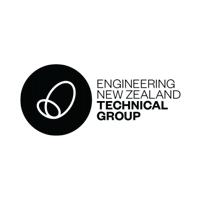Stormwater Devices
These devices capture and manage runoff, filter pollutants, reduce potential soil erosion, and manage flow rates.
Stormwater Mitigation
Its main aim is to minimize flooding risks, protect water quality, incorporate green infrastructures, and promote ground infiltration.
(Detention/Retention Tank System)
This system aims to hold stormwater temporarily, control its release rates, protect against system overloads, and support the preservation of natural hydrology.
Outlet Structure
Outlet structures are designed to stabilize flow, manage water levels, regulate discharge rate, and help reduce waterbody pollution.
Rip-rap Design
A rip-rap design provides slope protection, aids to prevent soil erosion, promotes water infiltration and enhances overall stability.
Bubble-up Chamber
Bubble-up Chamber encourages groundwater infiltration, reduces overland runoff, adds oxygen to stormwater, enhancing the natural treatment process.
T-bar Design
T-bar Designs are engineered to spread flows evenly, increase retention times, moderate sediment transport, and enhance water quality.
Recharge Pit Design
Recharge pits are designed to recharge groundwater, filter pollutants through infiltration, and promote percolation.
Soakage System Design
A well-designed soakage system manages stormwater on-site, uses natural processes to improve water quality and bolsters aquatic ecosystems.
Rain Garden Design
Rain gardens are attractive landscape features, designed to absorb stormwater, support biodiversity, and act as a natural filter for pollutants.




